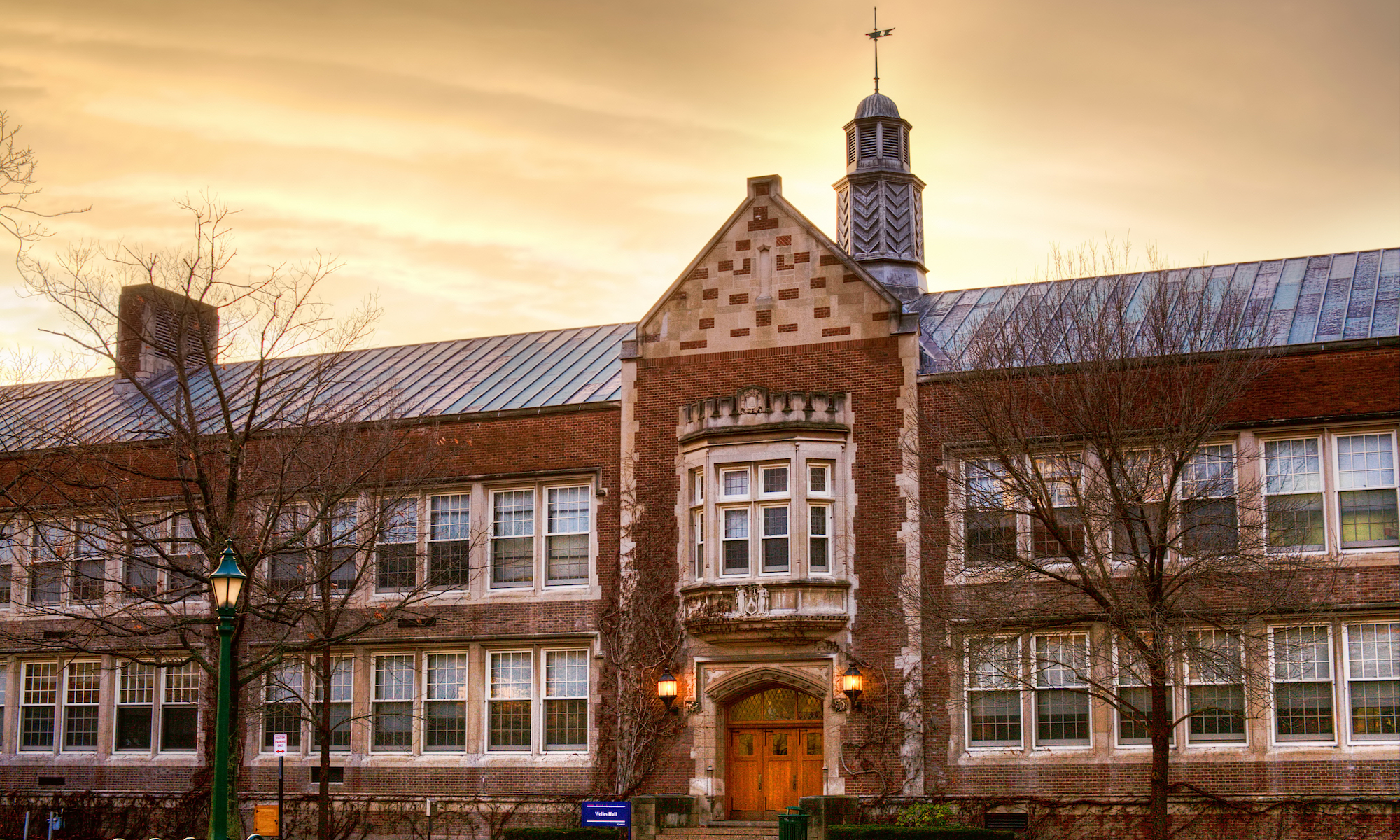 Sigma Tau Delta’s most recent lecture in its Celebrate Literature series was given by Geneseo English professor Rob Doggett on March 22. Prof. Doggett’s goal was to live up to the title of his talk: “Ulysses in 35 Minutes.” Students gathered to watch Dr. Doggett in a literal race against the clock to cover the entire 700-plus page novel in just over a half hour.
Sigma Tau Delta’s most recent lecture in its Celebrate Literature series was given by Geneseo English professor Rob Doggett on March 22. Prof. Doggett’s goal was to live up to the title of his talk: “Ulysses in 35 Minutes.” Students gathered to watch Dr. Doggett in a literal race against the clock to cover the entire 700-plus page novel in just over a half hour.
Dr. Doggett, who believes that Ulysses is “objectively the greatest novel ever written,” focused most of the lecture on Leopold Bloom, the book’s Jewish character who is somewhat of an outsider living in Christian Ireland, as well as on Joyce’s deliberate mirroring of each chapter of Ulysses on one event from Homer’s Odyssey. The parallels between Joyce’s novel and Homer’s epic occur in every aspect of the book, from the subject matter of the chapter to how Joyce uses language. For example, the chapter “Sirens” is written out as a song, and the “Lotus Eaters” chapter is languid and slow-moving. Dr. Doggett read aloud from many of the chapters to demonstrate Joyce’s “blowing up” of the English language, making it serve a different purpose in each chapter of the novel. This idea of making English “run around” for the entire novel takes on additional meaning since Joyce, an Irish author, is conscious that he is writing in English instead of in the native tongue of his country.
Ulysses, Joyce’s masterpiece, is so popular that there is a holiday in its honor: Bloomsday occurs every June 16, the day the novel takes place. On Bloomsday—named for Leopold Bloom, the novel’s protagonist—fans travel to Dublin in order to walk the route the characters take throughout the day in Ulysses. That feat is possible because Joyce had the time it took to travel between the characters’ destinations timed with a stopwatch in order to make that aspect of the novel as accurate as possible.
